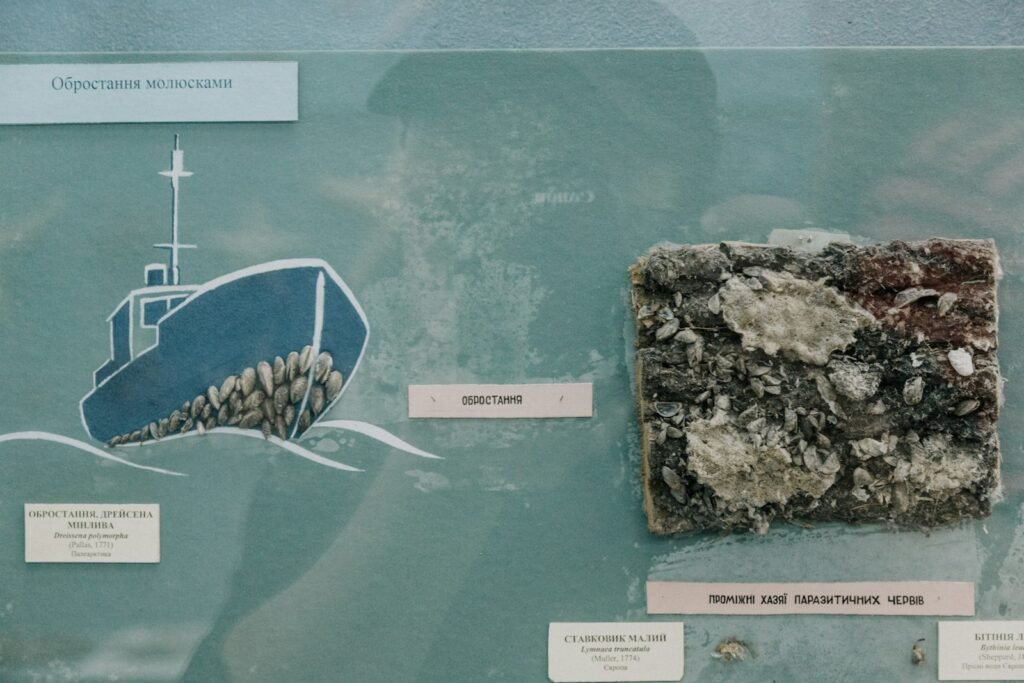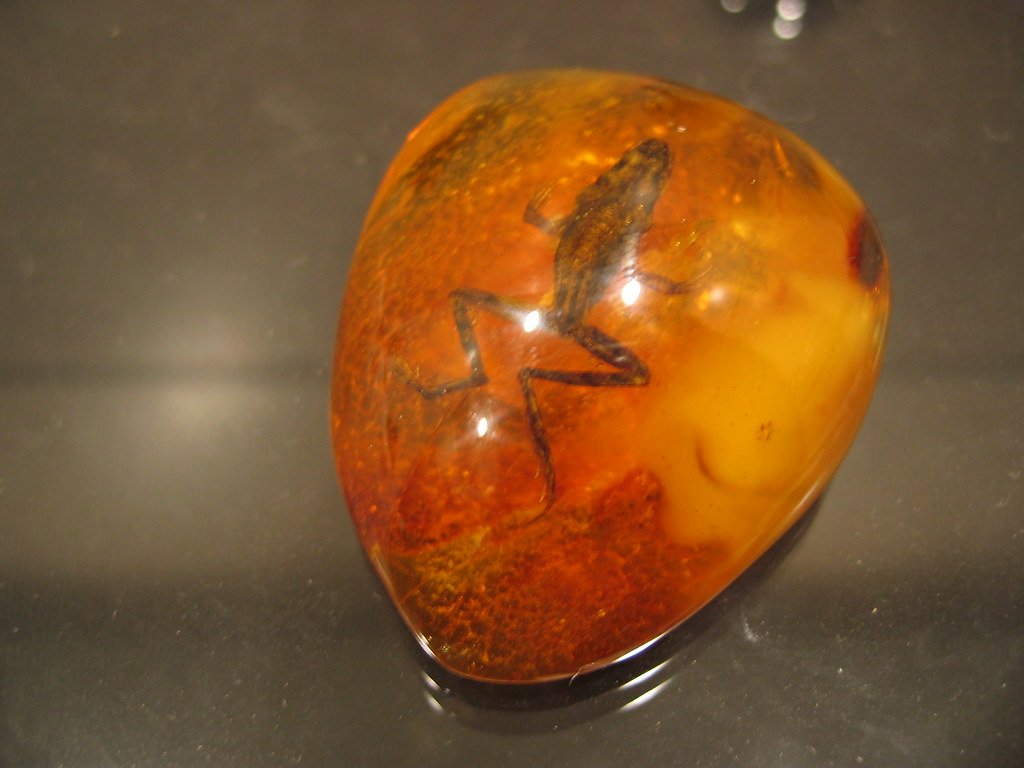Some of the most important clues to how mammals took hold on Earth aren’t in blockbuster skeletons – they’re in thumbnail-sized teeth tucked away in Arctic collections. In field camps perched above icy rivers and in museum drawers that sat untouched for decades, researchers are finding a different kind of headline fossil: tiny, stubborn, and packed with evolutionary information. New analyses of these specimens, from Alaska’s Prince Creek Formation to Canada’s Ellesmere Island, are reshaping what we thought mammals could endure – and when. The picture that’s emerging is both stark and inspiring: mammals and their close cousins were not simply survivors at the edges; they were innovators thriving in polar darkness. That changes how we tell our own origin story.
The Hidden Clues

Here’s the jolt: some of the most revealing Arctic fossils are smaller than a sesame seed, yet they hold entire chapters of mammalian history in their enamel. Teeth record diets, growth, and even climate signals, acting like black boxes from vanished ecosystems. In northern Alaska, Late Cretaceous sites near the Colville River have yielded a scatter of mammal teeth indicating that tiny eutherians and metatherians lived year‑round at extreme latitudes. Farther east, 52‑million‑year‑old jaw fragments from Ellesmere Island, collected during expeditions in the 1970s and long archived, preserve primate‑relative lineages that managed months of winter darkness. Each fragment reframes a big question: if small mammals flourished in polar conditions, what else about early mammal evolution have we underestimated?
– Many Arctic sites sat at high latitudes around 70-80 degrees north in deep time, with long stretches of winter night. – Fossils include eutherians, metatherians, and early primate relatives, not just dinosaurs. – Teeth and jaws dominate the record, but they’re precise tools for species identification.
From Ancient Tools to Modern Science

Yesterday’s field screens and hand lenses have been joined by today’s micro‑CT scanners and digital reconstructions, and that pairing is electric. High‑resolution scans now reveal dental crests, enamel wear, and internal structures without damaging rare material, turning fragile fossils into durable datasets. Researchers can compare 3D tooth models to global libraries of living and extinct mammals, extracting signals of diet, body size, and seasonal behavior. In practice, that means a grain‑of‑sand molar from Alaska can be tested against hundreds of reference shapes to place it on the mammal family tree. The result is a leap in confidence: museum specimens that once felt “too scrappy” suddenly speak with statistical clarity.
Rediscovered Teeth, Rediscovered Stories

On Ellesmere Island, fossils of near‑primates sat for decades before digital tools unlocked their story: animals that likely cracked hard foods to survive the long polar night. The Arctic versions show jaw and molar adaptations that differ from their warmer‑latitude relatives, pointing to a winter diet of tougher fare when fruit vanished. Their presence in a once‑swampy, warm Eocene forest challenges any idea that primate kin were strictly tropical drifters. It also hints at a subtler truth – day length can be as powerful as temperature in shaping evolution. Those jaw fragments aren’t footnotes; they’re instructions on how mammals solve the puzzle of darkness.
Polar Survivors That Flip the Latitude Rule
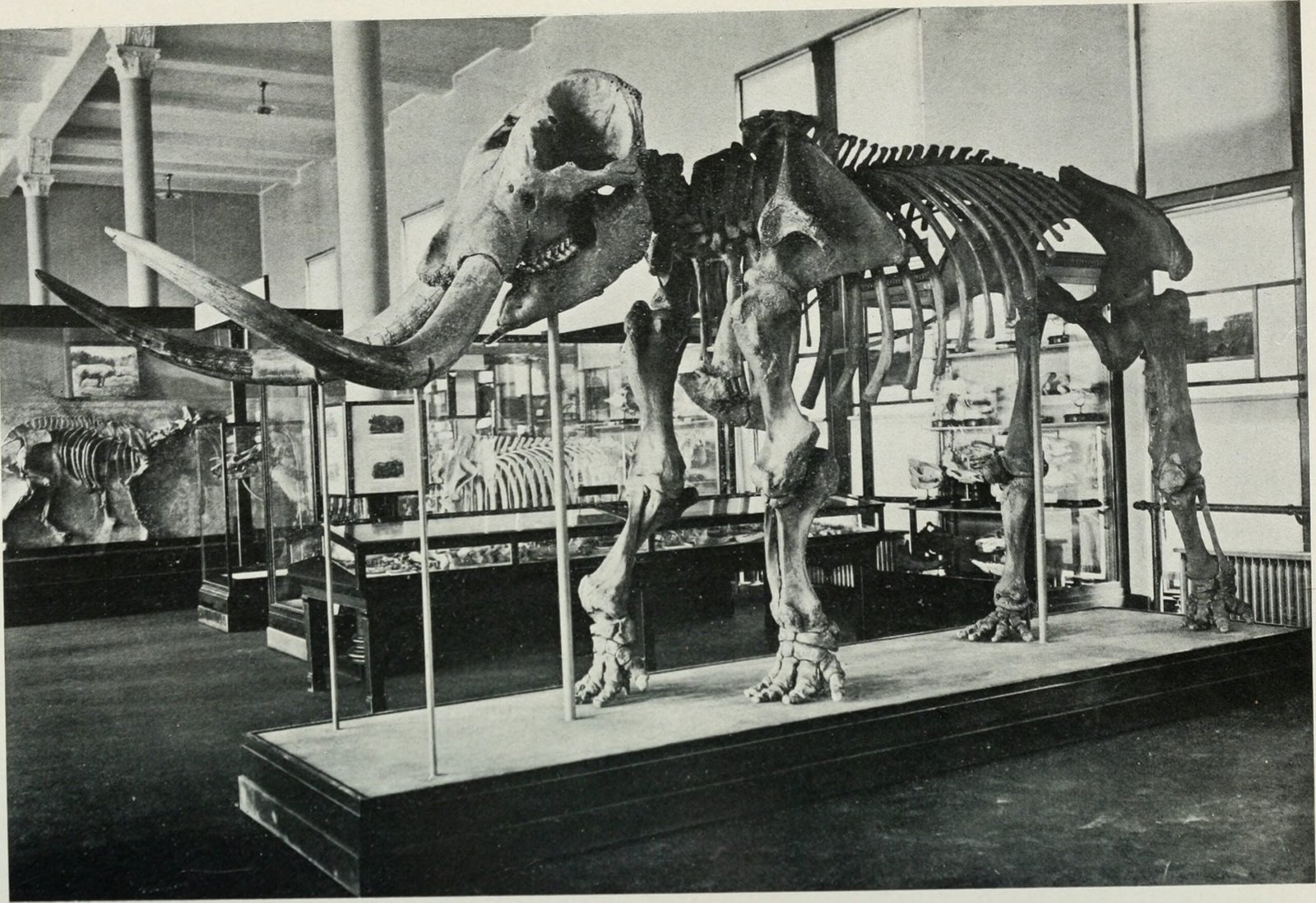
Late Cretaceous Alaska preserves mammal lineages that refused to play by the usual ecological script. A shrew‑sized eutherian – measured in grams rather than ounces – appears to have been active year‑round instead of hibernating, a bold strategy in a land of four months of night. In the same formation, the northernmost known metatherian shows that marsupial relatives were part of a uniquely Arctic community near the end of the dinosaur era. These animals probably foraged under snow and leaf litter, eking out energy when daylight and food were scarce. Their tiny bodies weren’t a weakness; they were a design choice tuned to polar scarcity. In evolutionary terms, that’s a mic drop: small can win at the top of the world.
A Bridge Between Continents
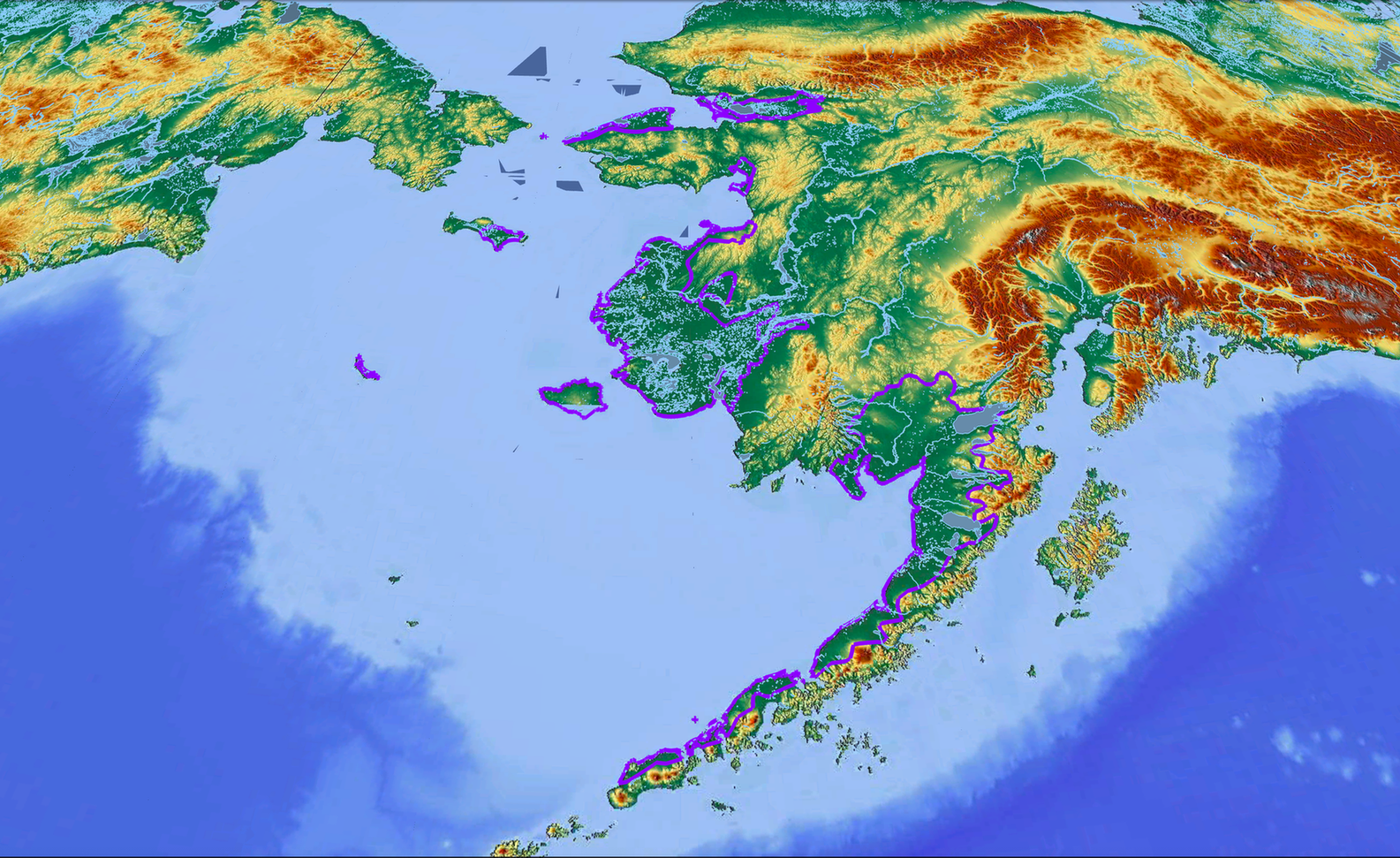
The Arctic wasn’t just a harsh neighborhood – it was a highway. High‑latitude faunas track the ebb and flow of Beringian land connections, capturing snapshots of exchange between Asia and North America. The presence of diminutive, cold‑adapted eutherians in Alaska suggests some lineages could move and persist across polar routes rather than merely passing through. That matters for understanding where key mammal groups originated and how they dispersed after the dinosaur extinction. If the smallest players could traverse and settle the Arctic, then the tempo and direction of early mammal radiations need a rethink. The map of mammalian origins is starting to tilt north.
Why It Matters

Traditional narratives often centered on mid‑latitude fossil bonanzas, where complete skeletons steal the show and climates feel familiar. The Arctic record counters that bias, showing mammals evolving under extreme seasonality, resource bottlenecks, and prolonged darkness. By comparing these polar specialists to their temperate relatives, scientists can isolate which traits are flexible – diet, body size, activity patterns – and which are conserved. This is more than biography; it’s an experiment run by nature on resilience and adaptation that informs models of survival after mass extinctions. If mammals could miniaturize, burrow, and hustle through polar winters, their later success across the globe seems less like luck and more like a strategy forged in the dark.
Global Perspectives
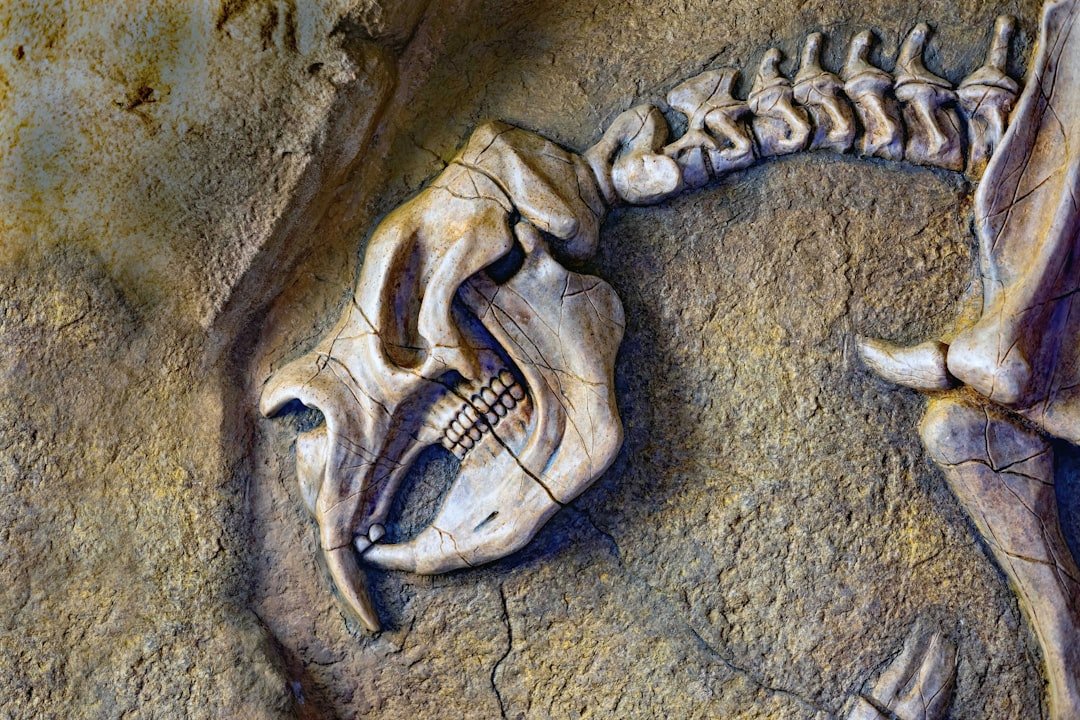
Arctic fossils link stories that span continents and epochs: Cretaceous Alaska intersects with Eocene Canada, and both speak to Asia‑America exchanges. They also dovetail with broader work using CT and synchrotron imaging to probe the sensory systems of early mammal relatives, revealing how hearing, chewing, and brain organization evolved. Seen together, the data suggest that cold‑adapted behavior and flexible diets emerged multiple times under different climatic regimes. That convergence strengthens the case that certain mammalian features – fast metabolisms, complex teeth, behavioral plasticity – were the right toolkit for volatile worlds. The Arctic simply puts those traits under the sharpest light, or rather, the longest dark.
The Future Landscape
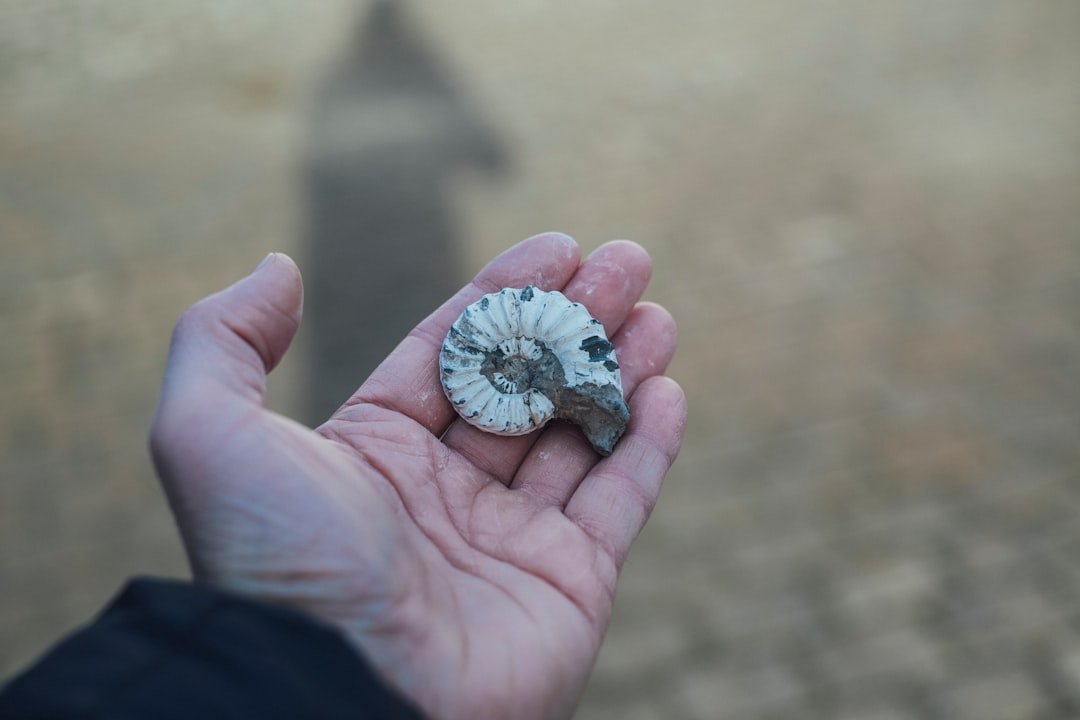
What comes next feels like opening a new field notebook: automated tooth recognition, AI‑assisted shape analysis, and portable scanning rigs that can process fossils at remote campsites. Expect more “drawer discoveries” as digitization spreads through museum collections and long‑overlooked microfossils are reanalyzed. Challenges remain – sample sizes are small, field seasons are short, and extreme weather complicates logistics – but shared databases can amplify every new find. As models integrate tooth wear, isotopes, and 3D morphometrics, they’ll test bigger hypotheses about migration routes and survival strategies after climate shocks. The payoff is clear: a cleaner timeline for early mammal diversification that puts the Arctic where it belongs – near the center.
Conclusion
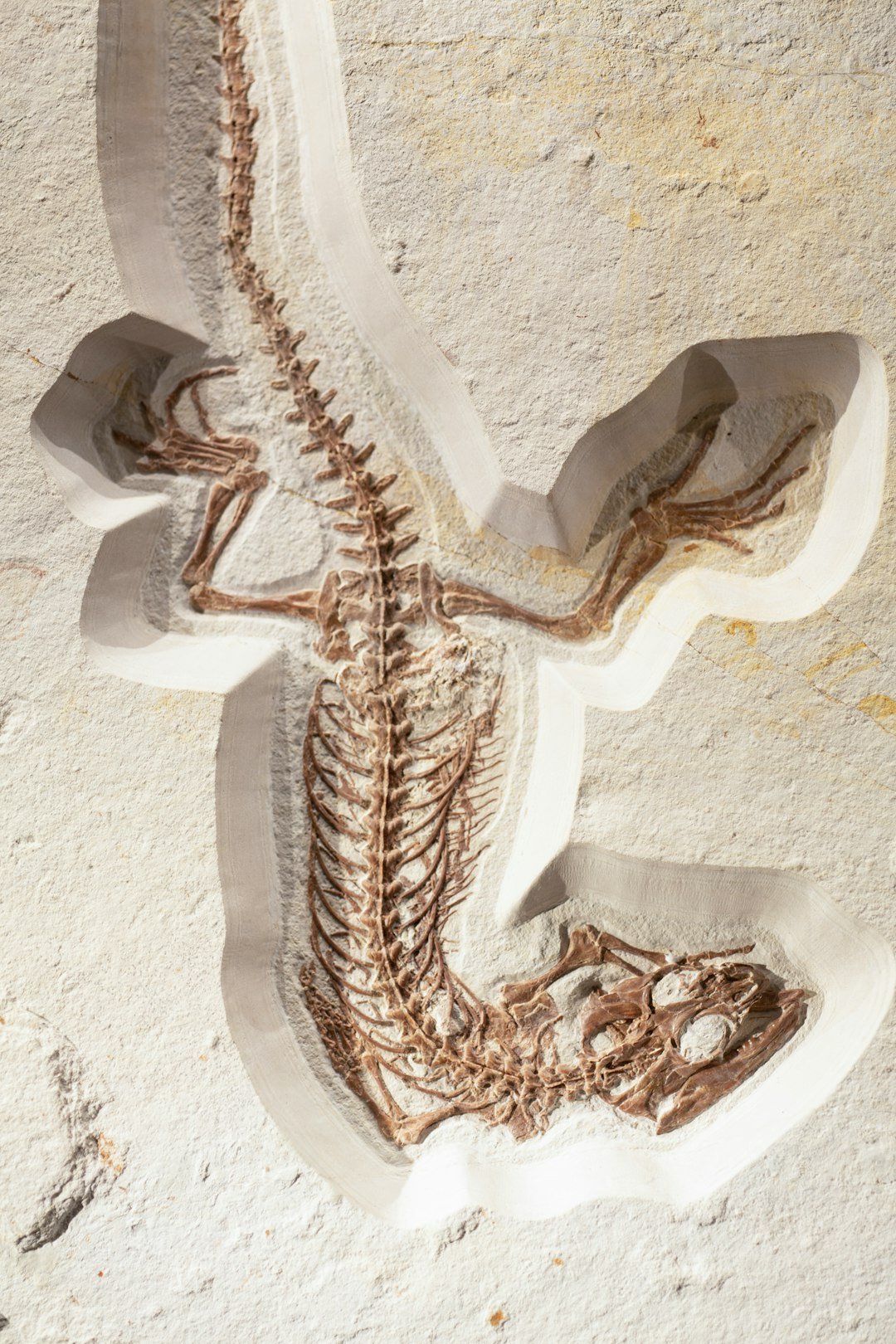
Readers can help keep this detective story moving by supporting collection digitization and regional museums that steward Arctic fossils. Consider donating to university field programs, volunteering for community science efforts that sort microfossils, or simply sharing vetted research when new discoveries break. Teachers can weave Arctic case studies into evolution lessons to show how big ideas often come from small specimens. If you live near a natural history museum, ask about behind‑the‑scenes tours that highlight how micro‑CT and collections management work together. The fastest way to surface more “forgotten” fossils is to spotlight the places and people who already hold them.

Suhail Ahmed is a passionate digital professional and nature enthusiast with over 8 years of experience in content strategy, SEO, web development, and digital operations. Alongside his freelance journey, Suhail actively contributes to nature and wildlife platforms like Discover Wildlife, where he channels his curiosity for the planet into engaging, educational storytelling.
With a strong background in managing digital ecosystems — from ecommerce stores and WordPress websites to social media and automation — Suhail merges technical precision with creative insight. His content reflects a rare balance: SEO-friendly yet deeply human, data-informed yet emotionally resonant.
Driven by a love for discovery and storytelling, Suhail believes in using digital platforms to amplify causes that matter — especially those protecting Earth’s biodiversity and inspiring sustainable living. Whether he’s managing online projects or crafting wildlife content, his goal remains the same: to inform, inspire, and leave a positive digital footprint.

